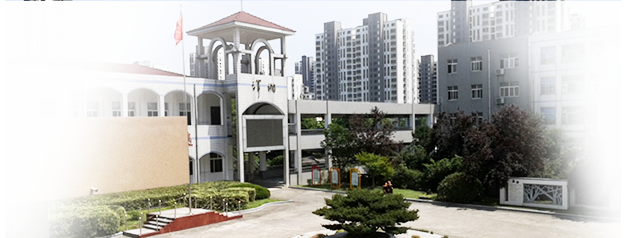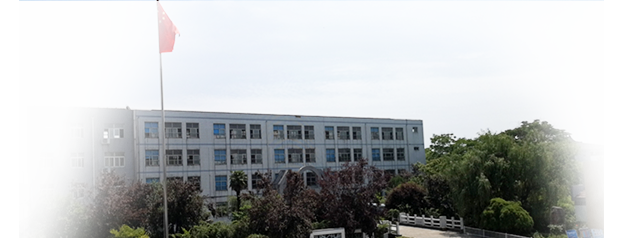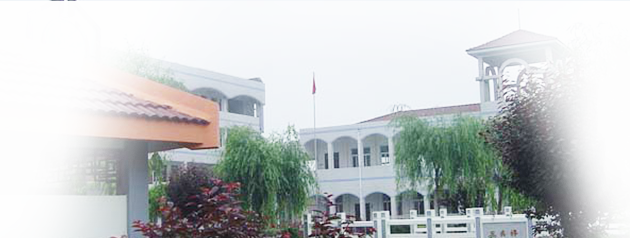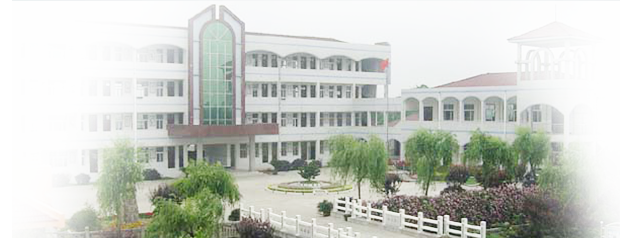问题: 更新处理函数在对话框的菜单中不能工作
ID: Q242577
此文章的信息应用于:
- Microsoft Visual C++, 32位版本, version 6.0, 使用:
- The Microsoft Foundation Classes (MFC)
症状
从命令用户界面处理函数(Command UI handler)改变菜单状态(启用/禁用,选择/取消选择,更改文字)在由对话框处理时没有正常工作。
void CTestDlg::OnUpdateFileExit(CCmdUI* pCmdUI
{
pCmdUI->Enable(FALSE); //没有显示为禁用.
pCmdUI->SetCheck(TRUE); // 没有文字前显示选定标记.
pCmdUI->SetRadio(TRUE); // 没有在文字前显示点.
pCmdUI->SetText("Close"); //没有更改菜单文字.
} 原因
在下拉菜单显示的时候, WM_INITMENUPOPUP消息被先发送以显示菜单项。MFC CFrameWnd::OnInitMenuPopup 函数遍历菜单项并为每个菜单项调用更新命令处理函数(如果有的话).菜单的外观被更新以反映它的状态(启用/禁用,选择/取消选择)
更新用户界面机制在基于对话框的应用程序中不能工作,因为CDialog没有OnInitMenuPopup 处理函数,而使用CWnd's 默认处理函数,该函数没有为菜单项调用更新命令处理函数。
解决
适用下列步骤解决此问题
- 在消息映射中添加ON_WM_INITMENUPOPUP 项:
BEGIN_MESSAGE_MAP(CTestDlg, CDialog) //{{AFX_MSG_MAP(CTestDlg) ........................ ........................ //}}AFX_MSG_MAP ON_WM_INITMENUPOPUP() END_MESSAGE_MAP()
- 在你的对话框类中添加OnInitMenuPopup成员函数且复制下列代码到该函数(注意:代码基本上是从CFrameWnd::OnInitMenuPopup(在WinFrm.cpp中)复制过来的):
void CTestDlg::OnInitMenuPopup(CMenu *pPopupMenu, UINT nIndex,BOOL bSysMenu) { ASSERT(pPopupMenu != NULL); // Check the enabled state of various menu items. CCmdUI state; state.m_pMenu = pPopupMenu; ASSERT(state.m_pOther == NULL); ASSERT(state.m_pParentMenu == NULL); // Determine if menu is popup in top-level menu and set m_pOther to // it if so (m_pParentMenu == NULL indicates that it is secondary popup). HMENU hParentMenu; if (AfxGetThreadState()->m_hTrackingMenu == pPopupMenu->m_hMenu) state.m_pParentMenu = pPopupMenu; // Parent == child for tracking popup. else if ((hParentMenu = ::GetMenu(m_hWnd)) != NULL) { CWnd* pParent = this; // Child windows don't have menus--need to go to the top! if (pParent != NULL && (hParentMenu = ::GetMenu(pParent->m_hWnd)) != NULL) { int nIndexMax = ::GetMenuItemCount(hParentMenu); for (int nIndex = 0; nIndex < nIndexMax; nIndex++) { if (::GetSubMenu(hParentMenu, nIndex) == pPopupMenu->m_hMenu) { // When popup is found, m_pParentMenu is containing menu. state.m_pParentMenu = CMenu::FromHandle(hParentMenu); break; } } } } state.m_nIndexMax = pPopupMenu->GetMenuItemCount(); for (state.m_nIndex = 0; state.m_nIndex < state.m_nIndexMax; state.m_nIndex++) { state.m_nID = pPopupMenu->GetMenuItemID(state.m_nIndex); if (state.m_nID == 0) continue; // Menu separator or invalid cmd - ignore it. ASSERT(state.m_pOther == NULL); ASSERT(state.m_pMenu != NULL); if (state.m_nID == (UINT)-1) { // Possibly a popup menu, route to first item of that popup. state.m_pSubMenu = pPopupMenu->GetSubMenu(state.m_nIndex); if (state.m_pSubMenu == NULL || (state.m_nID = state.m_pSubMenu->GetMenuItemID(0)) == 0 || state.m_nID == (UINT)-1) { continue; // First item of popup can't be routed to. } state.DoUpdate(this, TRUE); // Popups are never auto disabled. } else { // Normal menu item. // Auto enable/disable if frame window has m_bAutoMenuEnable // set and command is _not_ a system command. state.m_pSubMenu = NULL; state.DoUpdate(this, FALSE); } // Adjust for menu deletions and additions. UINT nCount = pPopupMenu->GetMenuItemCount(); if (nCount < state.m_nIndexMax) { state.m_nIndex -= (state.m_nIndexMax - nCount); while (state.m_nIndex < nCount && pPopupMenu->GetMenuItemID(state.m_nIndex) == state.m_nID) { state.m_nIndex++; } } state.m_nIndexMax = nCount; } }
状态
设计上行为如此。
更多信息
命令用户界面处理函数也被CWnd::OnCommand 调用以确认命令在传递之前没有被禁用。这就是禁用的菜单项的命令处理没有被调用的原因(虽然没有以灰色显示(不可用))。在这种情况下,菜单项没有被重画以反映菜单项的状态.这是Wincore.cpp 文件中的相关代码:
//在传递命令之前,确定命令没有被禁用 CTestCmdUI state;
state.m_nID = nID;
OnCmdMsg(nID, CN_UPDATE_COMMAND_UI, &state, NULL);
if (!state.m_bEnabled)
{
TRACE1("Warning: not executing disabled command %d\n", nID);
return TRUE;
} 重现此行为的步骤
- 使用应用程序向导建立一个基于对话框的应用程序
- 建立一个新的菜单资源,并且向其上添加文件和文件/退出菜单项。
- 在对话框的属性中设置对话框的菜单为上述菜单.
- 使用类向导为文件/退出菜单项添加一个UPDATE_COMMAND_UI处理并添加下列语句之一到处理函数。
pCmdUI->Enable(FALSE); //没有显示为禁用. pCmdUI->SetCheck(TRUE); // 没有文字前显示选定标记. pCmdUI->SetRadio(TRUE); // 没有在文字前显示点. pCmdUI->SetText("Close"); //没有更改菜单文字. - 编译运行此程序。
参考
要获取更多信息,请查看微软知识库中的文章:
Q141751 示例: 使用MFC为对话框添加控制栏
© 微软公司9/29/1999, 保留所有权利.
微软公司 Sreedhar Pelluru 投稿








 账号登录
账号登录